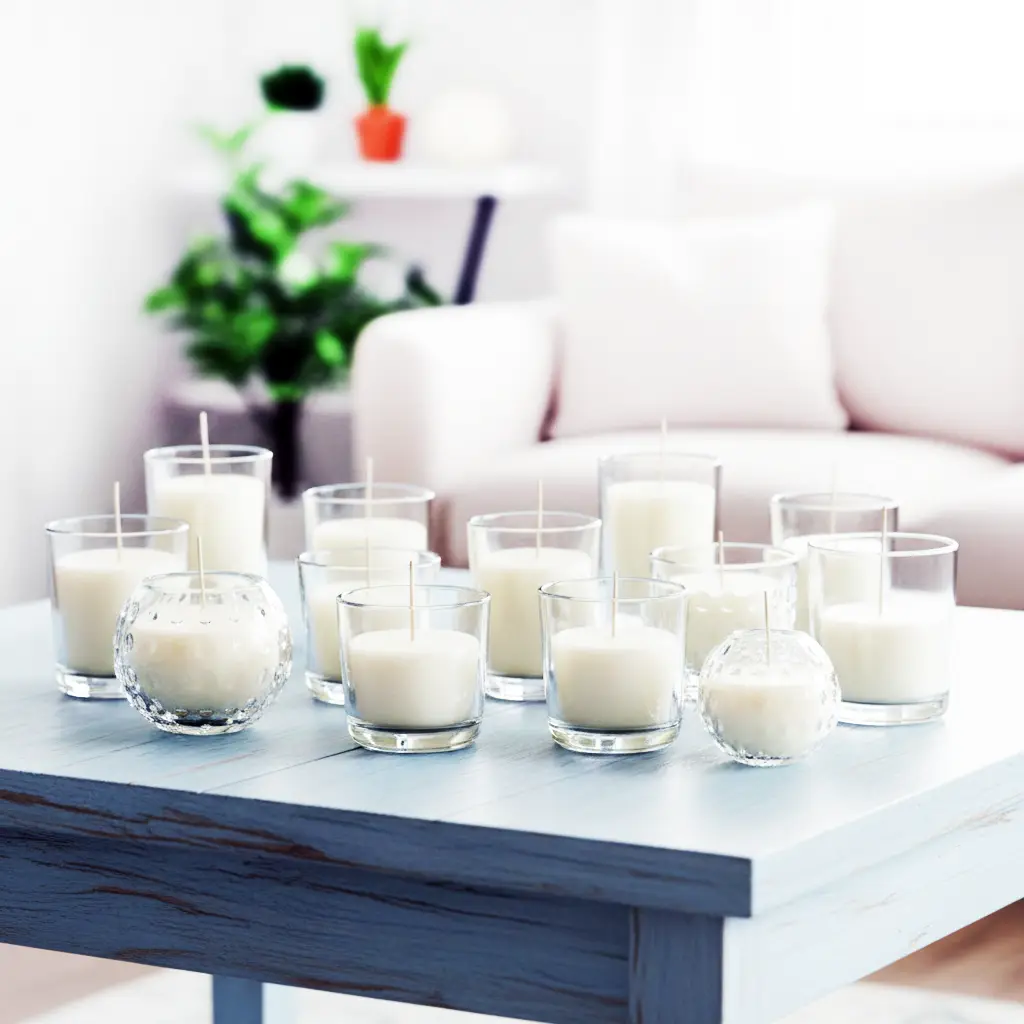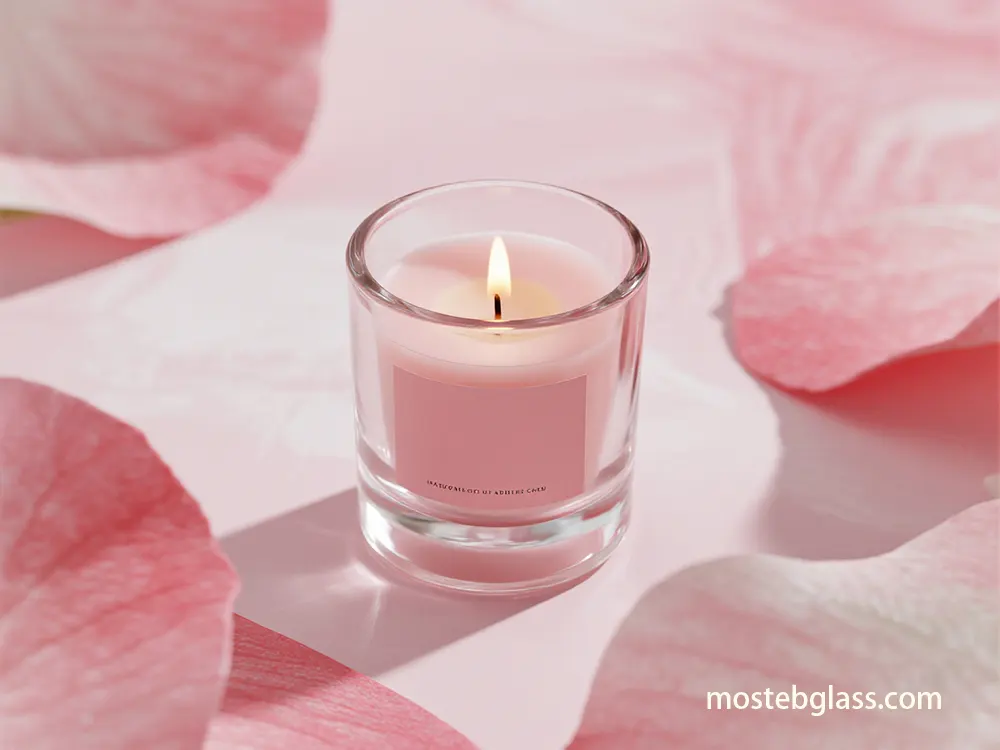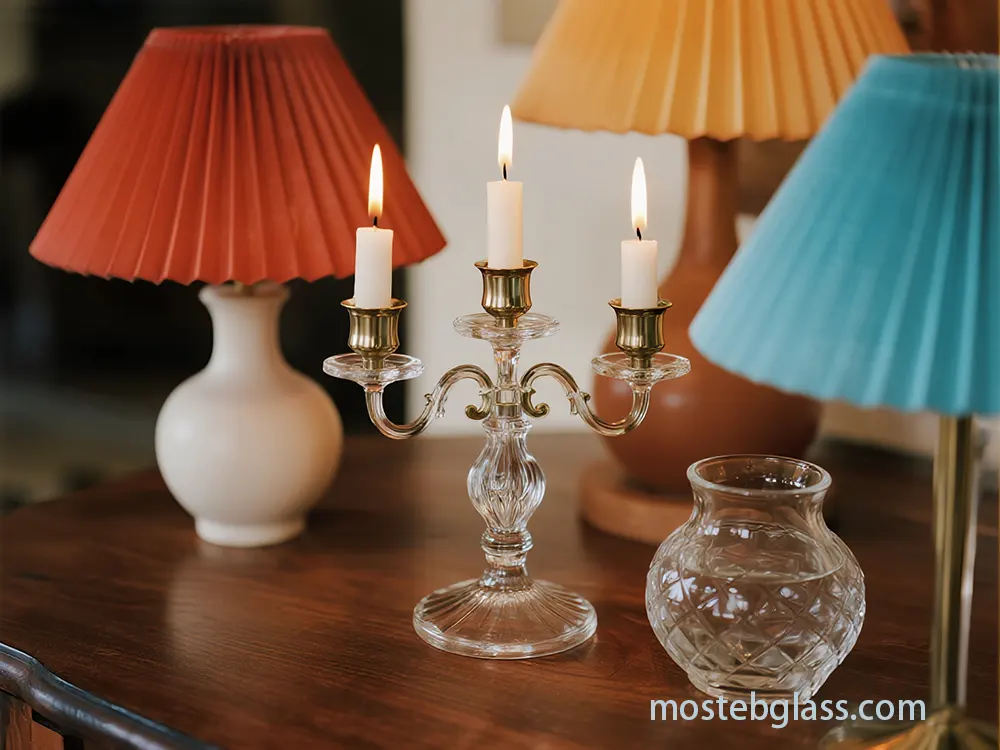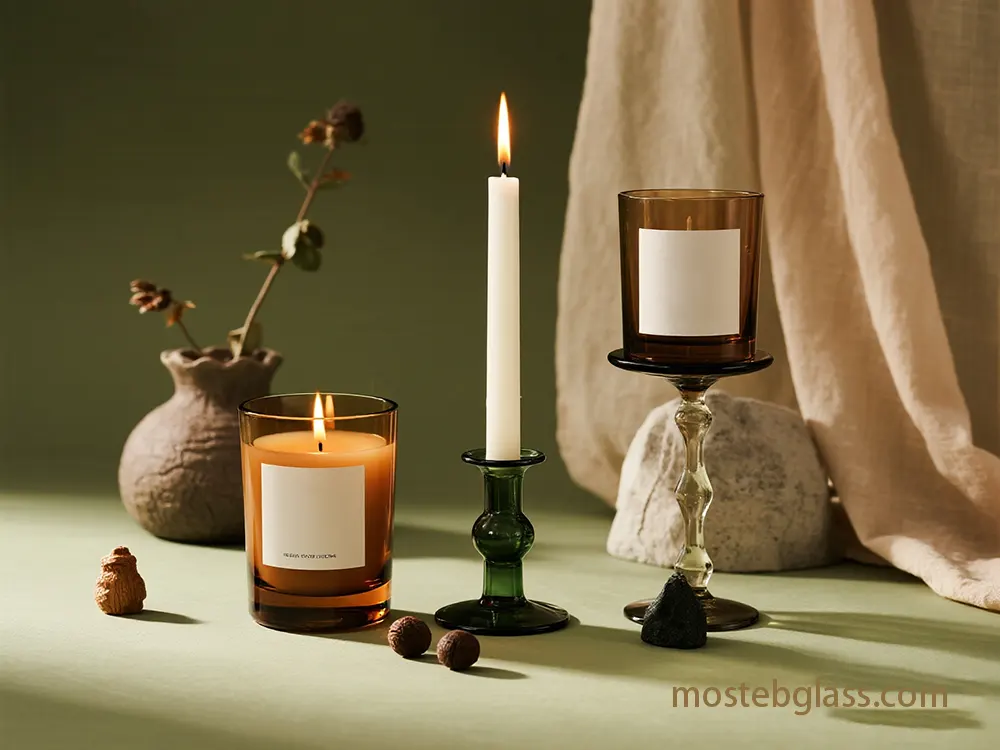The choice of material plays a major role in the モステブ, Computer-aided design and advanced fabrication means like 3D printing and laser cutting allow for highly detailed and functional floral container concepts that are nearly impossible to achieve by traditional craftsmen methods. Precise sizing and reshaping of the model can be done with the help of CAD software such as Autodesk Fusion 360.Generative design might be used to come up with the most suitable floral container shapes for certain flower weights, water volume, and material saving, thus discovering new and structurally stronger shapes (just an assumption).Finite Element Analysis (FEA) can be there to help in the workout of stress or load areas of the complicated designs, thus ensuring their durability.
Looking at the patents in the field of floral containers, it could be said that there is a constant flow of new ideas, with patents for appearance protecting the aesthetic aspect and utility patents for the functional side, e.g. flower vases with integrated illumination or air freshening mechanisms.
2. Production Paradigms in a Modern Glass Flower Vase Factory ガラスの花瓶 2.1. How Glass Flower Vase Factories Combine Traditional Artistry with Industrial Efficiency.
Artisanal Hand-blown Techniques:
Even though this method is capable of delivering unique one-of-a-kind aesthetics, it is very slow and requires a lot of work which in turn leads to higher unit costs and limited production volumes. The differences that are typical of hand-blown pieces are in most cases embraced, but they cannot be of a uniform standard.
Industrial Machine Production:.
Machine production of glass vases ensures high-volume, low-cost, and consistent output thanks to full automation, labour reduction, and fast turnarounds. Conjointly, scalability and uniformity are guaranteed at the expense of limited customization options. Though molds can be tailored, they do not offer the design freedom that 3D printing does and they can consume more energy, thereby contributing to environmental pollution, and generate wastes varieties that are less easily recyclable.
2.2. The Rise of 3D Printing in Glass Manufacturing.
- 3D printing for glass is a changing area with numerous methods, and each has its own strengths and weaknesses.Fused Deposition Modeling (FDM):.
- The process is generally done by extrusion of molten glass, in combination with CO2 lasers for heating. The main difficulties are the poor control of print geometry, excessive evaporation, and low repeatability, thus the method is mostly used for very first stages of development and cannot be used for complex multi-layer structures. Powder-Based Methods (SLS/SLM):.
- These techniques melt glass powder layer by layer through the use of high-power lasers. They usually produce rough surfaces and are limited in usage due to the high price of the special lasers and optical instruments required.Resin-Based Methods (SLA/DLP):.
- These methods mix resin with glass particles that are later hardened by UV light. That allows for high precision, stability, and optical transmittance, but the product needs to be post-processed at a high temperature (sintering) to densify the ceramic structure into glass, which results in a significant shrinkage.Direct Ink Writing (DIW) for Low-Temperature Glass:.
- Scientists at MIT Lincoln Laboratory have come up with a DIW technique that enables the production of glass items in 3D at room temperature and the curing temperature is significantly lower i.e. 250°C as compared to the traditional method which requires 1,000°C or more. The process employs specially made inks from inorganic components and a silicate solution, which makes it possible to adjust the optical, chemical, and electrical properties. The present research is devoted to the improvement of optical clarity and the development of new ink formulations. Molten Glass Printing (G3DP2):.
Furthermore, MIT has created G3DP2, a cutting-edge AM platform for molten glass, which merges a three-zone thermal control system with a four-axis motion control system. This platform is designed to bring about the transition of production from a laboratory scale to an industrial scale with an increased production rate, reliability, accuracy, and repeatability.
Challenges and Opportunities in Glass 3D Printing: 花瓶‘2.3. Economic Viability and Scalability of 3D Printing.
In general, 3D printing is a slow and costly process and therefore is less suitable for mass production when compared with traditional methods 5355. Quite often, post-production operations can take even up to 70% of the total cost. Nevertheless, 3D printing has low fixed costs but high variable costs and, therefore, gains more from flexibility and customization (economies of scope) than from economies of scale.
The growth of the global glass 3D printer market is a matter of time. It would mainly be driven by the demand for customized glass components in specialized areas, where standard manufacturing cannot deliver. 3D printing is perfect for making glass objects with complicated shapes and internal structures that would be very difficult or even impossible to achieve by traditional methods, and it can offer very high precision at the sub-millimeter level.

If used for custom or small-batch production, 3D printing would be able to get rid of the significant setup costs that go with molds and tooling, thus the cost penalties for customized products would be potentially lowered. Besides, it is naturally less wasteful in terms of materials when compared to subtractive methods.
There are tremendous benefits to be gained by either taking 3D printing to the next level through the use of traditional finishing techniques or employing AM to produce tooling for conventional processes. For instance, 3D printing high-performance polymer jigs for glass decoration has led to the reduction of manufacturing costs by 50-70% and the shortening of lead times from days/weeks to minutes/hours for companies like Heinz-Glas Décor.
New Printable Glass Materials:
- The research is moving forward in bio-active glass for medical application 64, recycled soda-lime container glass for sustainable home goods, and specialty optical glasses for novel optical components. One material to name is “Glassomer” which allows porous glass fabrication through resin 3D printing systems. For the production of custom glass vases, the economic aspect of 3D printing implementation is presently in the existence of extremely complex, one-of-a-kind, and highly personalized designs that cannot be done or would be prohibitively expensive with traditional methods. The value proposition switches to designer freedom, rapid prototyping, and bespoke customization thus the focus is on the luxury, art, or specialized decorative markets. Although there are limitations now that prevent true mass production of identical units, technological advances such as G3DP2 are gradually enabling more industrial-scale possibilities for complex glass creations.
- 3. Navigating Diverse Market Segments and Consumer Preferences The global glass vase market represents a changing and expanding area, with an estimated value of around $2 billion by 2032, up from $1.2 billion in 2023, and a Compound Annual Growth Rate (CAGR) of 5.4%. The mentioned increase is largely due to the rising demand for luxury home décor, the consumers’ readiness to spend on luxurious decorative items, and the consumers’ changing preferences for elegant and eco-friendly home accessories.
3.1. Market Segmentation and Growth Drivers
Market segmentation covers product types (handmade vs. machine-made), materials (Soda Lime, Borosilicate, Lead Glass), and applications (residential, commercial). The majority of machine-produced vases are sold due to their lower price, but the sales of artisan-made vases are estimated to increase gradually because people prefer unique, exclusive, and personalized products. Home decor accounts for the major part of the demand, but there is also a significant increase in the use of commercial spaces in this sector.Square/Rectangular glass vases are currently the most popular with a 34% market share, followed by Trumpet (25%) and Amphora (20%) shapes.
- E-commerce is a major factor in the distribution network, helping consumers to get products and design ideas with ease. The main reasons for the online sales to be in boom are the convenience of the process, the accessibility of the different platforms, and the fact that customers can compare designs, prices, and reviews by themselves.3.2. Evolving Consumer Preferences and Trends.
- Sustainability and Eco-friendliness: A radical change towards sustainability is visible as about 60% of buyers consider eco-friendliness as one of the main factors when purchasing decorative items. Maker are incorporating recycled glass, low-carbon glass, and energy-efficient manufacturing techniques to meet the demand. About 2/3 of the world’s consumers express a willingness to pay more for sustainable brands, and 1/3 of millennials point that they prefer sustainable and recycled glass products.
- Personalization and Unique Designs: The buying public is more and more demanding of unique, handcrafted, and personalized products that reflect their individual tastes, hence, the move from traditional clear glass. Some of the artisanal methods that consumers might encounter are the use of texture, gradient coloration, and organic shapes.
- Home decor has been revolutionized by such platforms as Pinterest, Instagram, and TikTok, which serve as the visual inspiration sources and the main engines in trend spreading worldwide. They facilitate design, suggest DIY projects, and influence buying decisions, with 83% of weekly Pinterest users executing purchases based on the content viewed on the platform.Vases as Decorative Art Pieces:.
- The glass vases have shed their functional-only role and, in fact, are increasingly considered as separate art pieces, statement décor, and mood setters. As a result, this calls for designs that serve both function and aesthetic, with a clientele willing to pay more for the uniqueness and artisan-crafted pieces.3.3. Regional Preferences and Cultural Influences.
The region is forecasted to show the fastest growth rate (CAGR of 6.2% from 2024 to 2032) and be the leader of the worldwide market thanks to factors like an ever-growing middle class, urbanization, increasing disposable income, and developing home decor culture.
The market in question is marked by the consumers’ premium home decor inclination, the interior design trend’s growing fame, and the target of personalized, high-end, and artisanal home accessories.
The region is marked by a stable demand for decorative home accessories in which sustainability and artisanal craftsmanship are the main factors that drive the industry. buyers of glass vases find it more satisfying when the products are unique, handcrafted, and authentic.
Also, preferences are influenced by culture and history. For example, in the past, glass vases were considered a sign of affluence. As far as Asia is concerned, the shapes and decorations of items are the carrier of the meanings (e.g., round stands for unity, floral patterns for good luck). The Islamic art is made up of geometrical shapes 8486. Different regional design aesthetics might be from Nordic minimalism to Venetian opulence.
Producers are adjusting by modifying their offerings to meet the different regional requirements, such as the establishment of local production facilities, joint ventures with regional distributors, and design customization to be in line with cultural preferences.
4. Operational Resilience: Challenges and Strategic Responses.
混合製造アプローチ: 4.1. Mitigating Supply Chain Risks.
One example of supply chain issues are global supply chain disruptions, which are glass manufacturers suffer from deeply because these disruptions cause delay, cost increase, and quality problems. Those disruptions include COVID-19 pandemic, the Suez Canal blockage (which costed an estimated $9.6 billion per day for a week-long disruption), and trade wars. AI and Predictive Analytics:.
In this era, AI and predictive analytics play a very important role to supply chains optimization. Corporations using AI-powered solutions observe the supply chain expense to be lowered by 20% On Average and Revenues to grow by 10% until 2023. Algorithms managed by AI help organizations get real-time visibility over the whole supply chain, which in turn makes them responsive and low-cost in terms of inventory holders.
Digital Twins:
This technology creates virtual replicas of physical operations, allowing manufacturers to monitor the entire production process in real-time.These are used to foresee problems, formulation of best practices in production parameters, warehouse management by the identification of bottlenecks and, thereby, achieving a turnover of 4-7% it is demonstrated through the reduction of the cost per month by more intelligent scheduling and less machine downtime.
Diversification of Suppliers
:The strategy of sourcing raw materials from multiple suppliers, spread over several different regions, not only lessens the risk but also the price volatility of raw materials, geopolitical tensions, and natural calamities since one is not overly dependent on a single source for raw materials. Using this method with the help of AI solutions and IoT devices lead to increasing resilience in supply chains.
By holding the power to determine the production or the distribution path at several stages along with the total control of the supply chain, a company stands out with a better-quality product and very low risks of being disrupted. Corning for example is utilizing vertical integration in four ways for their benefits which are the faster product development, increased quality, lower costs, and shorter lead times.

4.2. Addressing Skilled Labor Shortages
- The glass industry, similarly to its counterparts in the manufacturing sectors, is faced with the problem of the lack of skilled labor.Advanced Robotics and Automation:.
- In order to deal with the shortage of workers, the industry is progressively employing the use of advanced robotics and automation. These technologies also help to speed up the process and make the production more efficient. Collaborative robots (cobots) are designed for safe interaction with humans; as a result, they can take over 50-60% of the workload, thus, diminishing the number of accidents and raising the safety level. The performance of the plant can be improved resulting in the reduction of waste by 15-20%, energy consumption by 30%, and production costs by 20-25%. Apprenticeship Programs:.
- Primarily atmospheric emissions from melting. IMPACTS includes CO2 emissions (from combustion and raw material decomposition), high energy consumption, water use, waste production and other air emissions (So2, NOX, PM). Cross-Training Initiatives:.
- Cross-training of employees to perform various roles within the organization significantly increases the flexibility of the workforce, helps to cope with labor shortages, and raises the overall productivity level. An organization thus creates an adaptable workforce which can respond to demand peaks and cover vacancies in a short period, at the same time, employee involvement is increased and problem-solving skills are developed.Government and Industry Support:.
The NGA as an industry association is eliminating labor shortages by creating online learning platforms (e.g., MyGlassClass.com) that provide access to more than 100 courses. Besides that, they are also ailing for lawmaking support, e.g., H.R. 6655: A Stronger Workforce for America Act, which would make it possible to increase the training budgets and open up career paths of longer duration.
- The visual and tactile experience of the jar is paramount for luxury positioning. As far as the workforce is concerned, it is essential to point out that there is a great diversity (Millennials at 38.6%, Gen X at 34.8%, Baby Boomers at 18.6%, and Gen Z at 6.1% as of 2025), thus training programs need to combine traditional instructor-led methods with collaborative, digital, and on-demand modules. One of the most important steps towards generational knowledge transfer is the cross-generational mentorship which can be promoted by the management.
- 北アメリカ:The glass vase manufacturing industry will undergo significant changes in the coming years, mainly due to innovation, a strong focus on sustainability, and changing consumer expectations.
- ヨーロッパ: Advanced Recycled Glass Technologies:.
The use of recycled glass (cullet) is a must for sustainability, as it is the main reason for a substantial reduction in the extraction of new raw materials and energy consumption. The use of cullet can significantly lower CO2 emissions; for instance, a 10% increment in cullet can reduce CO2 emissions by 5%.Closed-loop recycling systems, which are used by companies like Corning and SCHOTT, are very important in the process of returning waste materials to the production cycle, thus lessening the depletion of resources.Advanced sorting technologies, such as robotic and optical sorters, guarantee the highest purity levels of cullet.
Alternative Raw Materials:.
Some of the innovations include the bio-based binders like UPM BioPiva™ lignin and NeoLigno® by Stora Enso, which both substitute the fossil-based synthetic resins thus significantly cutting the carbon footprint and getting rid of the harmful chemicals.Research is also progressing on biomass ash as a potential carbon-neutral raw material for glass manufacture.Sibelco is researching various mineral materials to improve melting efficiency and lower the carbon footprint.
5.2. Novel Production Processes for Sustainability.
Electrification of Furnaces:
The glass industry is in the process of changing over to electric and hybrid furnaces to lessen the CO2 emissions, which are the main ones caused by the energy-intensive melting stage, drastically. Electrically operated furnaces bring about better energy efficiency (approximately 35% less net energy is used) and do not produce direct combustion-related emissions. Schott is putting his money in a 40-million-euro electric melting tank to reduce the emission of greenhouse gases from melting by 80% through the use of renewable energy.
- Waste Heat Recovery (WHR): WHR units take away the heat from the furnace exhaust gases and the auxiliary systems and transform it into hot water or electricity. The technology called Organic Rankine Cycle (ORC) can be used to turn waste heat into electrical power, where the O-I Glass 0.5 MWe ORC generator is an example of such an application.
- 3D Printing for Waste Reduction:With the help of 3D printing, complex and perfectly fitting shapes can be produced with an absolute minimum of waste, as only the material necessary for the particular design piece is used.
- Renewable Energy Integration:Manufacturers are increasingly turning to renewable energy sources such as solar, wind, and biomass to energize their facilities, thereby significantly lowering carbon emissions.
- Taking advantage of global manufacturing capabilities (eg, glass from special manufacturers in China or Europe) for components while maintaining strict quality control and moral inspection.Design for Disassembly (DfD) and Modularity:.
DfD is about creating methods that can be easily taken apart at the end of their lifecycle to open up the possibilities of repair, refurbishment, reuse, and recycling. Modular design is one of the ways a product can be put together after disassembly, thus prolonging the lifespan of the item and lessening the production of waste.
Take-Back Programs and Upcycling:.
- Circular economy principles entail the conversion of manufacturers into entities that reclaim the products or packaging that have been used by customers for the purpose of recycling or reusing them. Corning has several packaging recycling programs, and it is willing to broaden its glass scrap take-back program. Upcycling of the used glass bottles into the new decorative items is also gaining ground as a trend. Digital Twins for Optimization:.
- The use of 2D digital twin models in container glass production can bring improvements in time, costs, and quality, hence supporting circularity by making the processes more efficient. 5.4. Market Acceptance and Regulatory Landscape.
- Consumer Demand and Willingness to Pay:The demand for sustainable products from consumers is very high and keeps on rising, about 60% of customers would take into account the eco-friendliness of a product when buying decorative items. Also, consumers show great readiness to pay for such products. The PwC 2024 survey was explicit that, on average, consumers are ready to pay 9.7% more for products which are made or sourced sustainably.
- Regulatory Pressures (EPR): The Extended Producer Responsibility (EPR) and similar regulations have been enacted in different areas. With this change, the producers are to bear not only the financial but also the operational responsibilities of packaging waste management. Though glass fits EPR criteria as a practically infinitely recyclable material, it can happen that certain EPR implementations especially those based on weights in terms of fees may be affecting glass producers more than others resulting in higher prices for consumers and their turning to alternative packaging materials. Representatives of the sector call for policy refinement that will ensure a just distribution of costs and efficient recycling systems.
- The LCA process is a major instrument for determining the environmental impact of a particular product ranging from raw material acquisition to its final disposal. Basically, these studies point to the glass melting phase as the most energy-demanding and polluting one. The glass industry employs a “cradle-to-cradle” LCA model that not only covers the entire lifecycle but also closed-loop recycling. 5.4. Emerging Trends and Future Opportunities.
Smart Vases:
A few companies may be trying to create smart vases that would have inbuilt illumination or other interactive features thereby marking an innovation frontier and potential for brand differentiation at the premium segment level. Besides that, augmented reality is considered a tool that helps consumers with décor visualization in their homes.

Biomimicry in Design (Speculation):
- Adopting natural aspects of biological structures to generative design might help create unusually shaped yet highly functional vase models. User-Generated Design Platforms (Speculation):.
- Platforms where users can express their liking for certain flowers and obtain generative design suggestions for personalized vases which can later be 3D printed at a place near them would mean limitless personalization possibilities. The glass industry of flower vases Mosteb like may securely take the path of future success only through their readiness behavior wise to approach these innovations, spread sustainable practice during their operation and from globally conscious and design-savvy consumer base, adapt to changing demands.
Wholesale Diffuser Bottles
- Wholesale Glass Vases Latest Insights.
- Comment Submit your opinion.
- get a free quote Complete our quote request form or email us at.
- to receive a customized quote from our product specialists.Select a product.
glass candle jars
- Reed Diffuser Bottle Quantity.
- contact our Product Expert Send us a message freely if you have any questions. We’ll get back to you within 30 minutes, and we’ll adhere to the.
- to protect your information. Your primary email address.
Company name
- Number MOQ 1000.
- Please provide us with the capacity, shape, color, and quantity of the glass containers you require. Alsoplease feel free to share any other details or specific requirements to help us better understand yourproject. full name.
- ライフサイクル評価 (LCA):Tell us your requirements, such as capacity, quantity, customization, etc.
breadcrumbs
- Smart Vases: A few companies may be trying to create smart vases that would have inbuilt illumination or other interactive features thereby marking an innovation frontier and potential for brand differentiation at the premium segment level. Besides that, augmented reality is considered a tool that helps consumers with décor visualization in their homes.
- Biomimicry in Design (Speculation): Adopting natural aspects of biological structures to generative design might help create unusually shaped yet highly functional vase models.
- User-Generated Design Platforms (Speculation): Platforms where users can express their liking for certain flowers and obtain generative design suggestions for personalized vases which can later be 3D printed at a place near them would mean limitless personalization possibilities.
The glass industry of flower vases Mosteb like may securely take the path of future success only through their readiness behavior wise to approach these innovations, spread sustainable practice during their operation and from globally conscious and design-savvy consumer base, adapt to changing demands.














